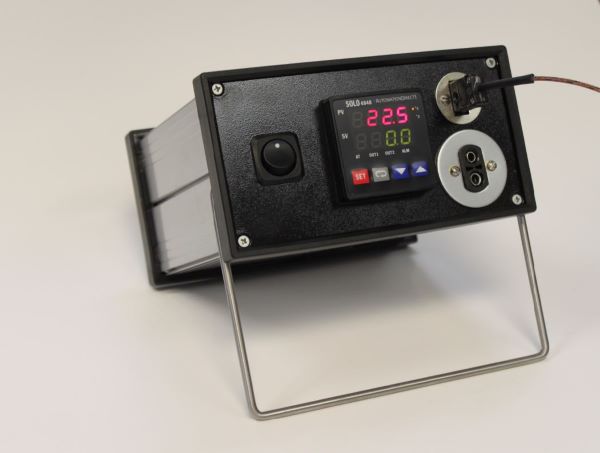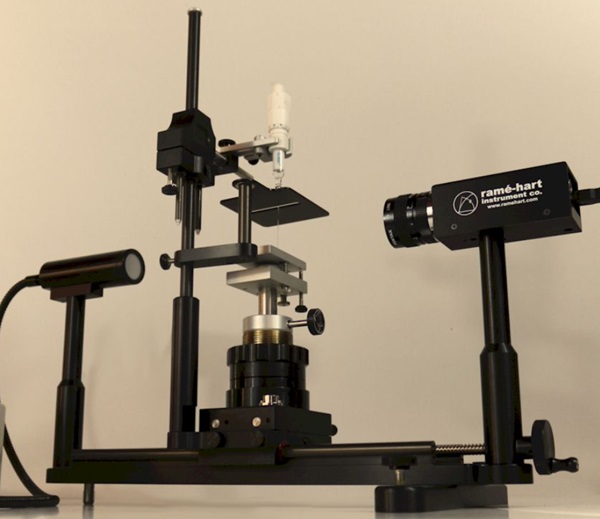|
May
2024 |
| Superspreading - Part Two |
|
If you read our monthly newsletter, you will recall that last month we introduced the idea of superspreading. This article generated some interesting feedback from some of our customers who are experts on the topic, and so we've decided to do a Part Two edition this month in order to clarify a few points and expand on a few other points. The first question is: Why do certain trisiloxane surfactants exhibit superspreading behavior while others with similar chemical structures behave more conventionally as surfactants? A lot of original research papers and reviews on superspreading have emerged in recent years, and the prevailing explanation for this phenomenon continues to emphasize Marangoni flow. Researchers have traditionally turned to the Marangoni flow theory to explain superspreading phenomena observed with trisiloxane surfactants. According to this theory, variations in surface tension across a liquid interface induce flow, which in turn facilitates the spreading of the liquid on the surface. However, recent findings have cast doubt on the validity of this explanation. The Marangoni flow theory suggests that surface tension gradients, typically caused by differences in surfactant concentration, drive the flow of liquid, leading to enhanced spreading. While this theory seems intuitive and has been widely accepted in the scientific community, it fails to fully account for the specific characteristics of superspreading observed with trisiloxane surfactants. Recent experimental evidence has challenged the Marangoni flow theory by demonstrating that superspreading occurs only after the elimination of surface tension gradients between the apex and leading edge of the spreading liquid.1 This contradicts the notion that surface tension gradients are the primary driving force behind superspreading. The second question is: Do all surfactants within a particular chemical class exhibit similar superspreading wetting behavior? Early research in this area points to the affirmative. However, recent studies have shown that even surfactants with similar chemical structures can behave differently, with only certain ones demonstrating superspreading capabilities.2 This suggests that factors beyond chemical composition, such as molecular conformation or intermolecular interactions, can play important roles in determining superspreading behavior. The third and last question: Is surface tension the primary mechanism driving superspreading? Earlier research suggests that the answer is yes. However, more recent research suggests that additional factors influence superspreading such as surfactant morphology. Surfactants with certain molecular conformations or aggregation states, for example, may exhibit enhanced affinity for spreading over hydrophobic surfaces, leading to increased superspreading activity. Often, the more you study a behavior, the more you learn that original assumptions are incorrect. That appears to be the case in the evolution of our understanding of superspreading behavior. Thank you to those who chimed in and commented on our previous article. We always appreciate feedback, even when we're wrong. Notes |
| NISE 2024 |
|
Join us at the Third International Conference on Nature Inspired Surface Engineering (NISE 2024), slated for November 20-22, 2024, at the University of Granada in Spain. NISE 2024 promises to be an enriching platform for researchers to exchange insights and discoveries in the dynamic field of nature-inspired surface engineering, spanning wetting, contact angle, surface tension, and other material science and engineering disciplines. Learn more here. |
| Products of the Month |
|
The ramé-hart Temperature Logger (p/n 100-32) is a unique tool used by our customers who have their own heating apparatus but wish to log the working temperature along with their contact angle or surface tension data using our instrument equipped with DROPimage Advanced.
The way it works is a
provided thermocouple connects to the customer's heated (or chilled)
environment. Our temperature module reports the temperature on a
display on the Temperature Logger to within 0.1°C. A USB cable then
connects the Temperature Logger to the PC running DROPimage Advanced.
Once the option is enabled (in the Options menu), the current
temperature column appears in the Results table and will also appear in
the reporting menu. This option adds a powerful temperature logging
capability to any setup where temperature tracking is important. |
| Factory Refurbished Model 500 Available |
|
It's rare that we have any refurbished instruments in stock. It seems that typically we have a waiting list and when one becomes available, it's sold before it arrives or sells very quickly. Currently, we have (1) Model 500 available. This is our top-of-the-line model which is capable of supporting every accessory we offer. We are offering this at $3500 off list price. And for universities, we will still apply our EDU discount on top of that. Many new parts will be included. For example, we will provide a brand new U4 Series camera which runs at 540 fps, a new PC and monitor, new Fiber Bundle and new Fiber Optic Illuminator, new Precision Calibration Tool, new Manual Syringe and Needle, new Dust Cover, and even a new Specimen Stage.
This instrument has been inspected and refurbished to meet the same quality standards that we hold our new instruments to. If your organization is interested in this opportunity, please contact us for a quotation today. We have only one available. And once it's gone, it's gone. |
|
Regards,
Carl Clegg |


